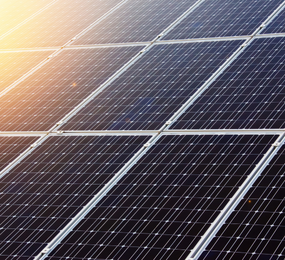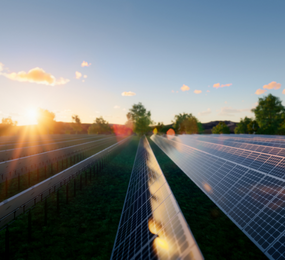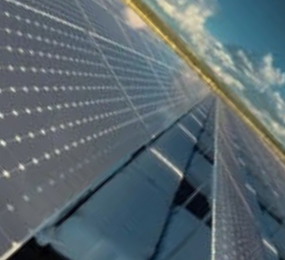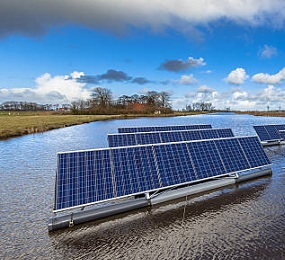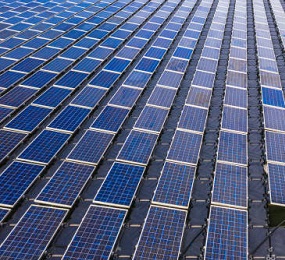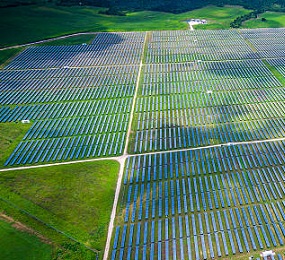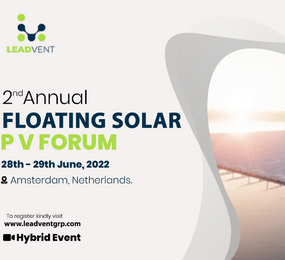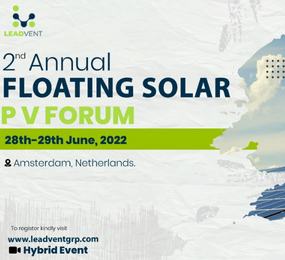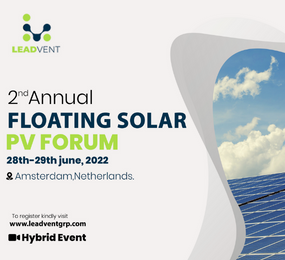The floating solar photovoltaic (FSPV) industry is expanding rapidly, and countries around the world are making significant investments to increase the proportion of renewable energy in their power generation portfolio. The increased efficiency provided by the cooling effects of water and the non-predatory nature of land allocation of the floating solar photovoltaic system are driving its popularity.
Floating solar photovoltaic arrays can be installed in lakes, dams, inland reservoirs, and also offshore. This kind of expertise is not readily available in the global scenario because Floating Solar is a relatively new industry that uses new technology and expertise related to floatation systems, mooring, and anchoring, etc. One of the most challenging aspects of this new technology is the mooring and anchoring of the floatation system.
The issue of mooring a floating structure date back thousands of years and has been the subject of numerous well-established engineering practices. The maritime industry's mooring standards and guidelines are being adapted by the floating solar industry.
A mooring system is necessary to maintain sufficient clearance between adjacent arrays or between an array and other assets (such as pipelines, transformer barges, cables, etc.) and to keep the FSPV array in place with the minimum amount of movement allowed by project tolerances. The FSPV mooring system must be designed to withstand worse storms and weather conditions for at least 25 years, depending on the project location.
Mooring and anchoring systems are very location-specific, and each FSPV site has its own unique set of challenges. In some locations, the anchors may not be installed on the sea bed, while in others, the seabed profile is largely uneven and bathymetric survey data is unreliable. To ensure balanced load sharing, an engineered mooring design with carefully chosen mooring line lengths is necessary. The mooring and anchoring installation tolerances in FSPV arrays are much tighter because even a small variation in line lengths can result in a variation in line stiffness, which in turn can cause uneven load distribution.
The engineering design of the mooring system ought to be able to accommodate these water level variations throughout the design life of the system. In addition, the mooring system needs to deal with varying water levels and mechanisms.
The following steps make up the design of a next-generation mooring system for floating solar:
-
Choosing the Design Criteria,
-
Collecting Information from the Site,
-
Choosing the Operating Conditions,
-
Determining the Characteristics of the Floating System, and
-
Designing the Mooring System
To find out more details on the next-generation mooring and anchor system for FSPV, Join us on 27th - 28th June, 2023 for the 3rd Annual Floating Solar PV Forum, in Amsterdam Netherlands so you don't feel left out in the global Floating Solar Photovoltaic!
To register or learn more about the Forum please check here: https://bit.ly/3zVvdfN
For more information and group participation, contact us: [email protected]


